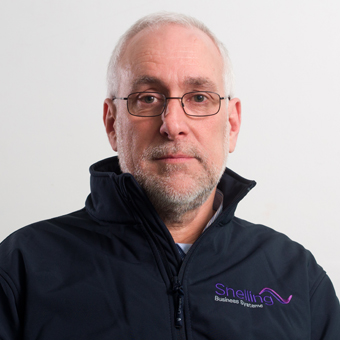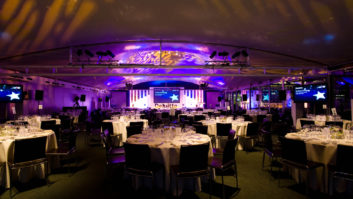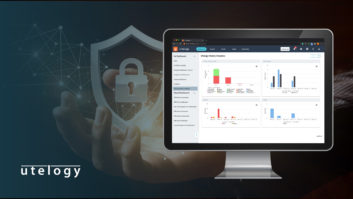Joining us was MD Toby Wise, group technical director, Kevin Madeja, business development director Steve Royans and design manager Colin Jacobs.
Toby Wise
Colin Jacobs
Kevin Madeja
Steve Royans
Hi everyone. To kick things off, tell us a little about Snelling Business Systems.
Toby: We started operations in 2000, as the commercial AV division of the Snellings Group, which continues to operate in the consumer electronics retail space. The name, however, goes a long way back to 1954 when the first radio and TV sets began to find a place in living rooms.
We started operations with four staff, one vehicle, and a major University was amongst our first major clients – a working relationship we have maintained as the appointed sole-supplier for over a decade.
Today we are 50 people strong, specialising on design, integration, installation and managed services to the corporate, education and public sector. Over 70 per cent of our business comes from repeat clients.
Integrators have access to better pricing on products as well as warranty covers
What’s your geographic reach?
Toby: We’re headquartered in Wymondham, Norfolk and maintain a presence in Westminster and Reading as well. This allows us to support our clients, who are spread widely across the UK. A large proportion of our client base has traditionally been concentrated in London, the east and the south. However, our business plans for 2018 aim at securing a more uniform coverage with focus on growth in the midlands and north.
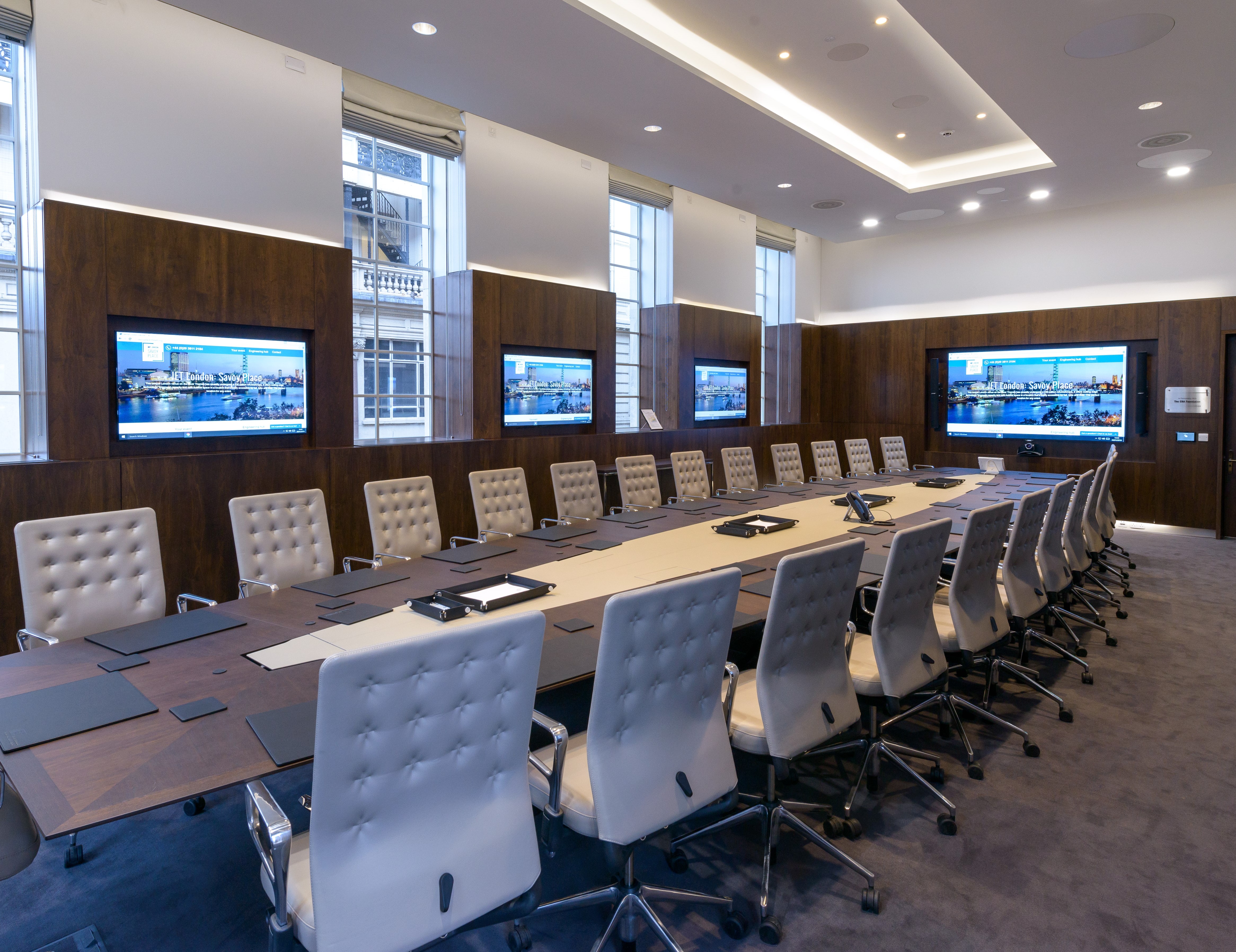
What trends are you seeing in the current business market?
Steve: Less boxes! Minimalistic design and integration that eliminates intrusive boxes and cables within the space. In fact, clients insist on the more accessible applications in the market that can achieve the same functionality without the need of hardware. Having hosted solutions also allows an external provider to deliver and maintain the service without impacting on the client’s own infrastructure.
Focus has also moved to remote control and management of AV equipment. More end users have networked equipment as a standard specification so they can be more proactive with management and reporting. To further improve efficiency and user experience, system types are more standardised throughout the estate.
Toby: Always being connected. The office space is no longer the only ‘workplace’. Remote working has earned its popularity incredibly fast. The ability to have all your office needs at home or on the train, at a coffee shop and offline if they had to on a laptop/phone is saving companies and individuals precious time and money.
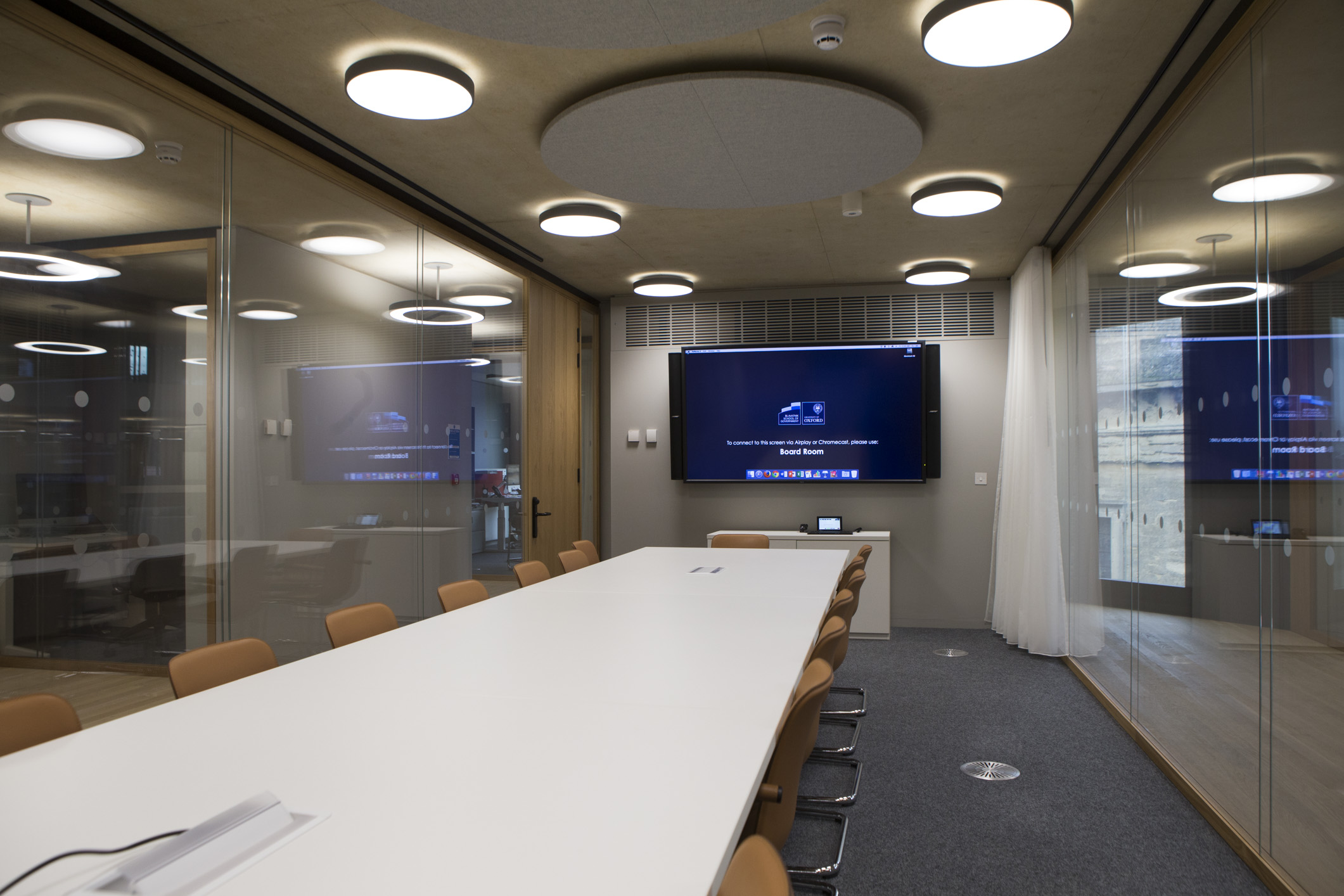
Are you seeing any change in attitude from businesses towards having good quality AV?
Toby: With every project, the basic expectation is a fully functional system that meets the project objective. It must be reliable, easy to operate and straightforward to maintain.
Kevin: While the appetite for high quality AV technologies has continued to grow exponentially, the cost-per-system has reduced over time. Democratisation of technology has driven price reductions in the consumer market and it seems natural to expect these reductions to follow in commercial AV even though the system integration is more complex than a home system.
Steve: There will always be a need for the conventional understanding of ‘main meeting room/boardroom’. While the concept of these physical spaces is here to stay, it’s how they are being used and controlled that is changing. For example, a large boardroom, which is used twice in the year by the c-suite. Rather than leaving floorspace to waste with infrequent use, organisations are thinking about ways to encourage more frequent, productive use of the space. This has also prompted rethinking what we understand of conventional design and layout, with AV infrastructure configured to change and adapt to the user in each such setting.
More end users have networked equipment as a standard specification so they can be more proactive with management and reporting
What’s hot in AV right now?
Steve: AVoIP, cloud-based control, unified communications, fine pitch LED and intelligent buildings are all huge growth areas.
Kevin: Agreed. Cloud-based services and TP/IP streaming of AV is also being heavily adopted.
What are the biggest obstacles/frustrations you’re seeing in the industry?
Steve: There are certain products widely available on the market that focus on having unnecessary functionality but don’t align with how a user would naturally interface with the product. This defeats the very purpose of bringing technology into any given space.
Kevin: From a technology point of view, the advent of IoT, further strides in unified communications, development of cloud-based services, the improvements in the performance and cost of AV streaming technologies has made systems design and integration more challenging for AV integrators.
For example, no longer is the audio-visual solution a standalone system – it must now work in the TCP/IP environment as well as in the conventional HDMI, HDBaseT environment. AV integrators must now address the long awaited coming of IT to AV. This isn’t an impediment, but requires integrators to think about skills and in-house expertise to not only respond to these changes, but excel in addressing them too.
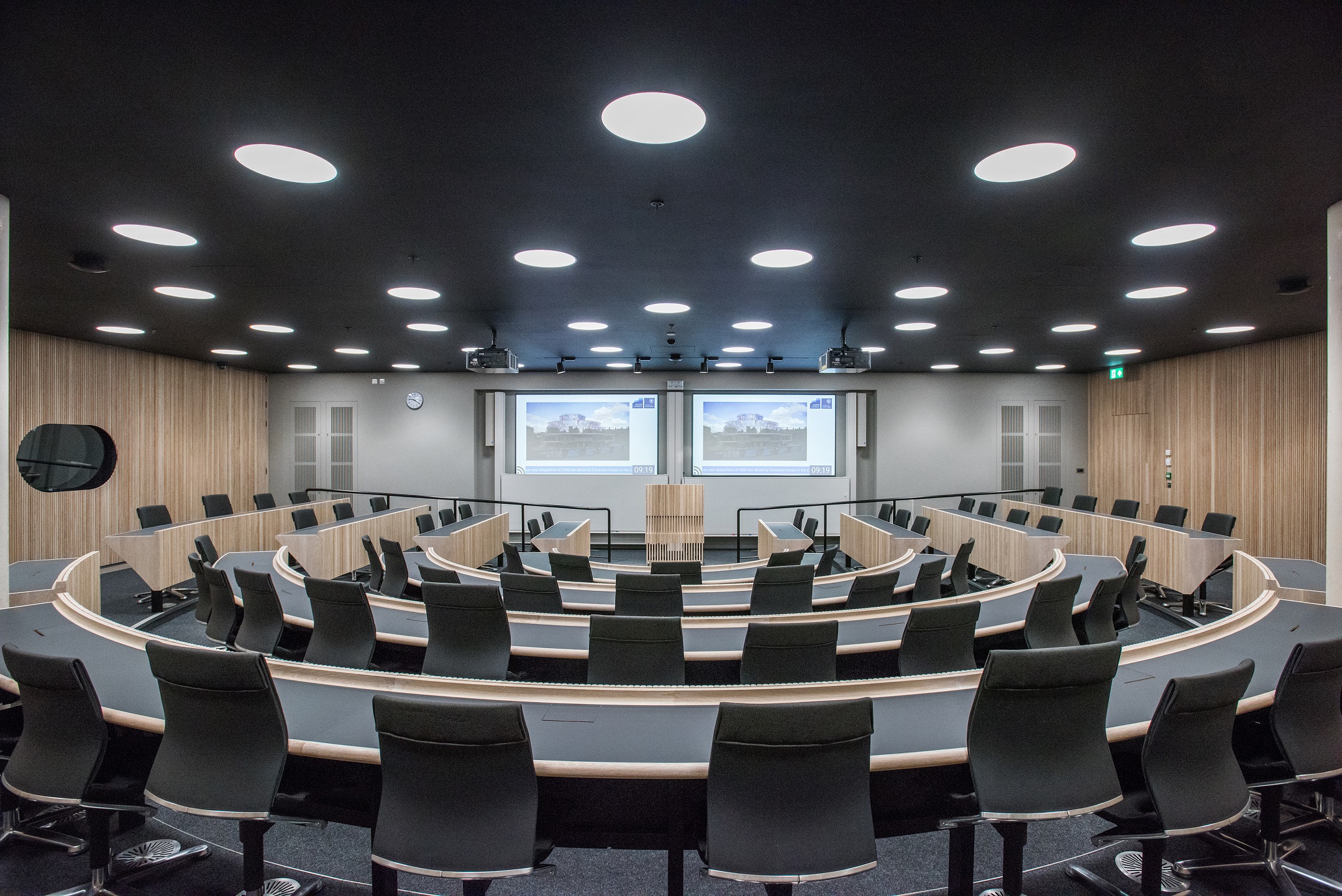
Why should end users go through an integrator and not attempt to do things themselves?
Kevin: Primarily, the role of a specialist AV integrator is to provide high quality images and sound for use by a pre-defined group of people/individuals. As such, even when the under-pinning technology undergoes changes, such as going from HDMI to HDBaseT to TCP/IP, the fundamental requirements of the end user remain the same. AV integrators are well versed in their specialist role to translate the users requirements into a system that utilises appropriate technology to meet these requirements.
Steve: Having the integrator (either direct or working alongside an AV consultant) at the table from the start makes a strong case. That’s because AV integration is central to any refurbishment/new-build project, often taken for granted despite forming a significant cost to the project spend.
Our approach seeks to start early with full involvement in the architectural, fit-out and M&E design. This allows us to ensure that designs won’t throw practical incompatibilities with AV integration design much later into the project. As a result of this approach, clients have successfully avoided cost overruns, missed deadlines, and a logistical nightmare for all parties involved.
AVoIP, cloud-based control, unified communications, fine pitch LED and intelligent buildings are huge growth areas
Colin: Risk. While some organisations are lucky to have more than capable resources in-house to carry out the design and installation, the question boils down to whether resources are fully trained and certified to carry out the functions that an AV integrator specialises in carrying out on time, within budget, and very importantly, with safety for all parties involved. Integrators will also have access to better pricing on products as well warranty covers.
What are some of the biggest mistakes made by end users when it comes to AV?
Toby: The customer is never wrong. However, it isn’t uncommon to find instances where customers find they have been misled to opt for the wrong solutions. Clients will have a good understanding of what they want to achieve and the end results to aim for, but they can also be incorrectly sold a product that can result in negative outcomes. Often this happens because the enabling works required for the product weren’t fully considered right at the start, and therefore the end user can only partially reap the benefits the product can offer.
Kevin: The easiest mistake is to assume what can be done at home with consumer electronics can be replicated with an enterprise level deployment.The significance of paying ample attention to achieving high-quality audio quality is not always valued, despite its importance in successful communication and collaboration outcomes for the end users.
Colin: Not consulting a professional, which is often the case when budget is a constraint. An AV consultant or an integrator with consulting experience can help the client conduct feasibility studies, distil feedback from end users to arrive at actionable insights.
Learn more by visiting: www.snellingbiz.com

